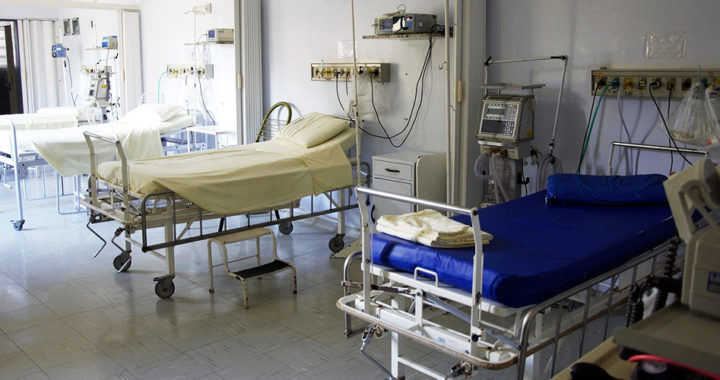A hospital-acquired infection or HAI is essentially an infection acquired by an individual from a hospital or other healthcare facilities such as outpatient clinics, nursing homes, rehabilitation facilities, and other clinical settings, among others.
Note that HAI is also known as nosocomial infection. The term “nosocomial” directly means “originating in a hospital.” Moreover, several researchers and practitioners prefer using the healthcare-associated infection or HCAI to highlight the fact that these infections can be acquired not only in hospitals but also in non-hospital settings.
The definition of HAI is considerably straightforward. However, a historical review by researchers Kouchak and Askarian mentioned that it was only in 1988 when the United States Centers for Disease Control and Prevention endeavored in defining the criteria for hospital-acquired infection to come up with a universal standard definition, prevent incorrect diagnosis and treatment, and develop standards for controlling HAI-related incidents.
The Criteria for Defining Hospital-Acquired Infection According to the Centers for Disease Control & Prevention, the World Health Organization, and the Literature
Nonetheless, the CDC and other healthcare organizations, including the World Health Organization, have come up with criteria for defining HAI.
A condition is classified as an HAI if the infectious agent and the resulting disease have been acquired while the patient was in a healthcare facility. This also means that the condition was not present prior to admission, or the infection was incubating at the time of admission.
Furthermore, a condition is also referred to as an HAI even if the actual disease manifests after discharge. Researchers Mohammad et al. noted that healthcare professionals are also susceptible to HAIs, thereby making this healthcare phenomenon an occupational hazard.
The CDC initially criteria prescribed a 48-hour cut-off for an infectious disease to be considered acquired from a hospital or other non-hospital facilities. However, this timeframe has been regarded as problematic. To solve this problem, the CDC has also prescribed the need to take into consideration the status of the carrier and the pathogenesis of the specific type of infection
Nevertheless, the current criteria referenced in numerous studies noted that a condition is regarded as an HAI if it occurs within 48 hours of admission in a healthcare facility, within three days after discharge, or within three days after an operation.
Understanding the Importance of Determining the Criteria for Defining Infections Acquired from Hospitals and Other Non-Hospital Settings
The definition and criteria mentioned in the referenced literature are important for understanding the scope and limitation of HAI that in turn, can result in a better understanding of its causes or risk factors, as well as its effects and impacts. Note that understanding the causes or risks and effects of HAI is needed to develop awareness and a sort of appreciation of this pressing healthcare issue
It is also important to stress the fact that a thorough definition of HAI can serve as a framework for developing educational programs aimed at developing the competencies of individuals involved in preventing and managing the incidents of infectious diseases acquired from healthcare facilities. These definition and criteria also provide a framework for studies aimed at investigating issues related to HAI.
FURTHER READINGS AND REFERENCES
- Inweregbu, K., Dave, J., and Pittard, A. 2005. “Nosocomial Infections.” British Journal of Anesthesia Education. 5(1): 14-17. DOI: 10.1093/bjaceaccp/mki006
- Kouchak, F. and Askarian, M. 2012. “Nosocomial Infections: The Definition Criteria.” Iranian Journal of Medical Sciences. 37(2): 72-73. PMID: 23115435
- Mohammed, M., Mohammed, A. H., Mirza, M. A. B., and Ghori, A. 2014. “Nosocomial Infection: An Overview.” International Research Journal of Pharmacy. 5(1): 7-12. DOI: 10.7897/2230-8407.050102





